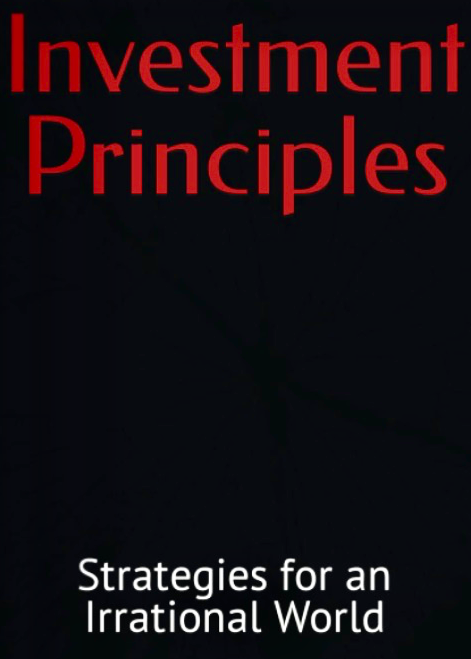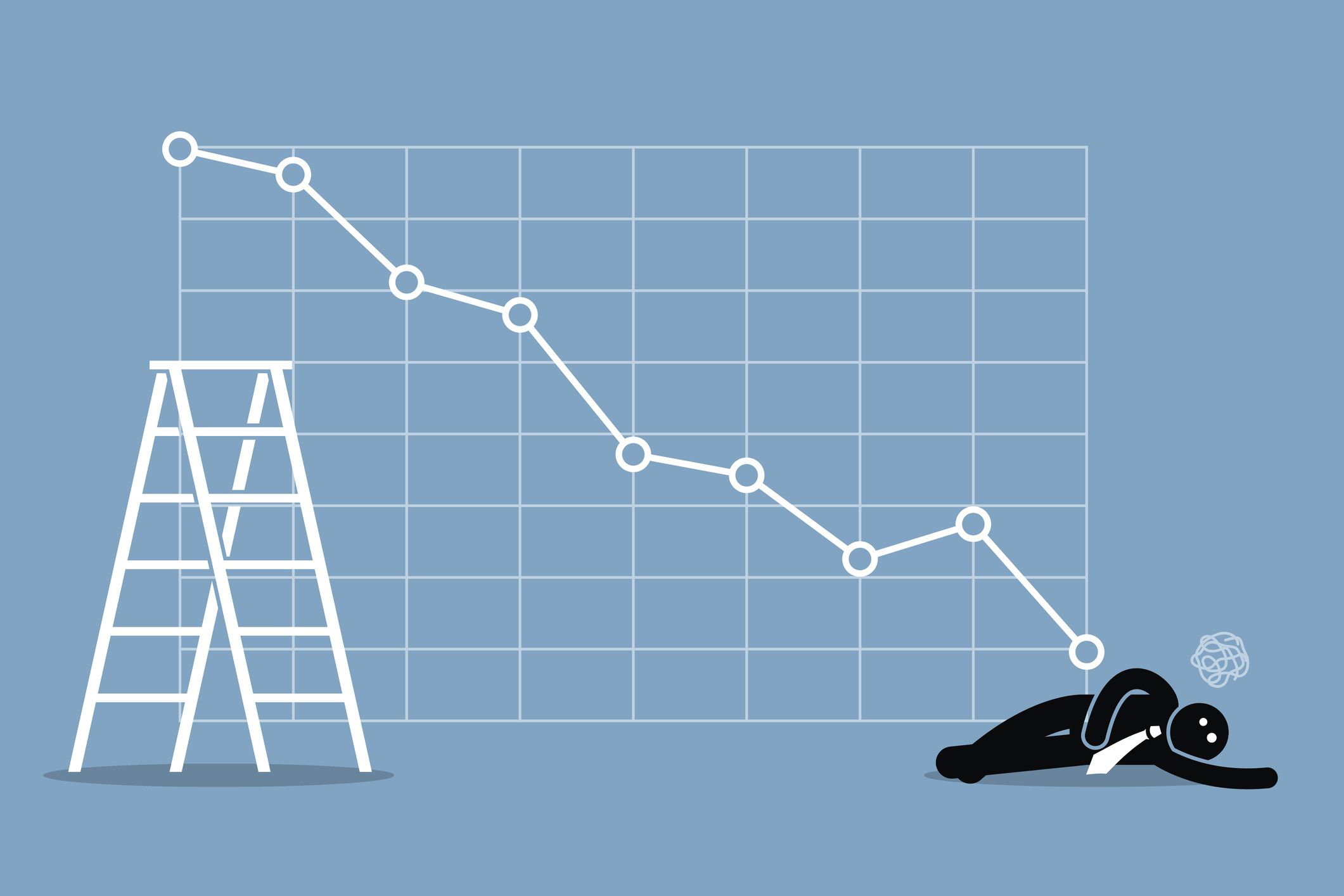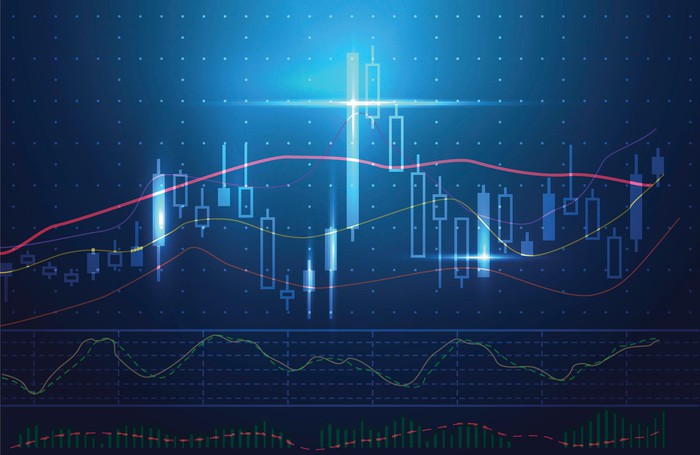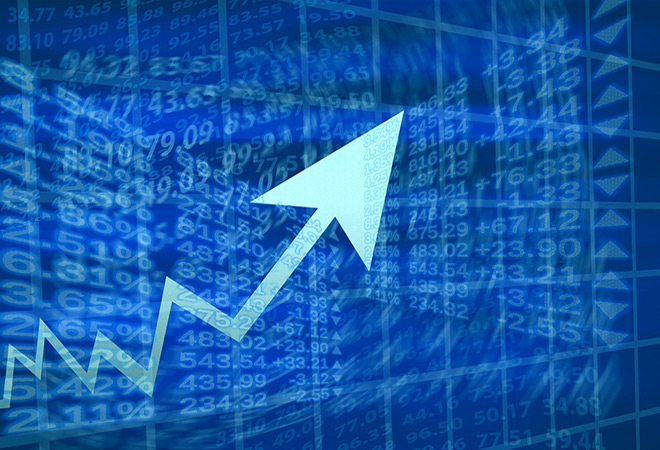Investment Principles: Strategies for an Irrational World
My new book, “Investment Principles: Strategies for an Irrational World” (here is the Amazon link: Investment Principles: Strategies for an Irrational World.) looks at what’s really required for successful investing. While most authors try to give quick and effortless tips, I believe that a disciplined and methodical approach to investing is essential for true success.…










